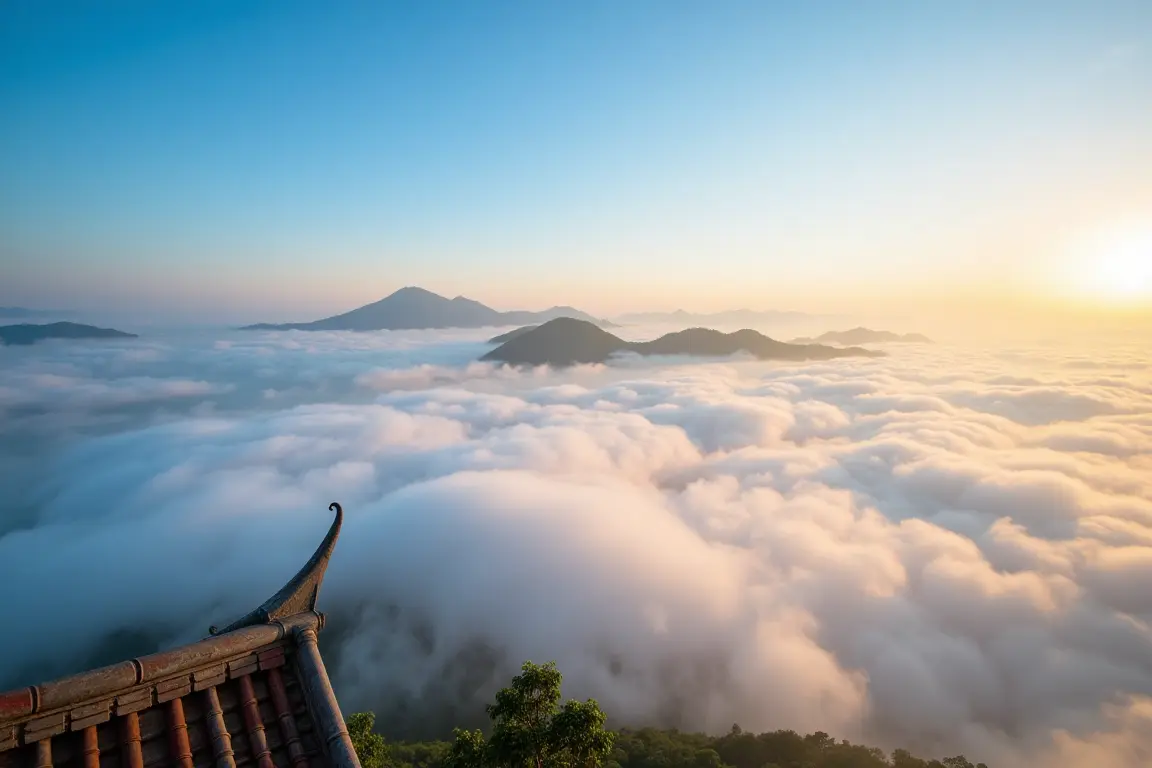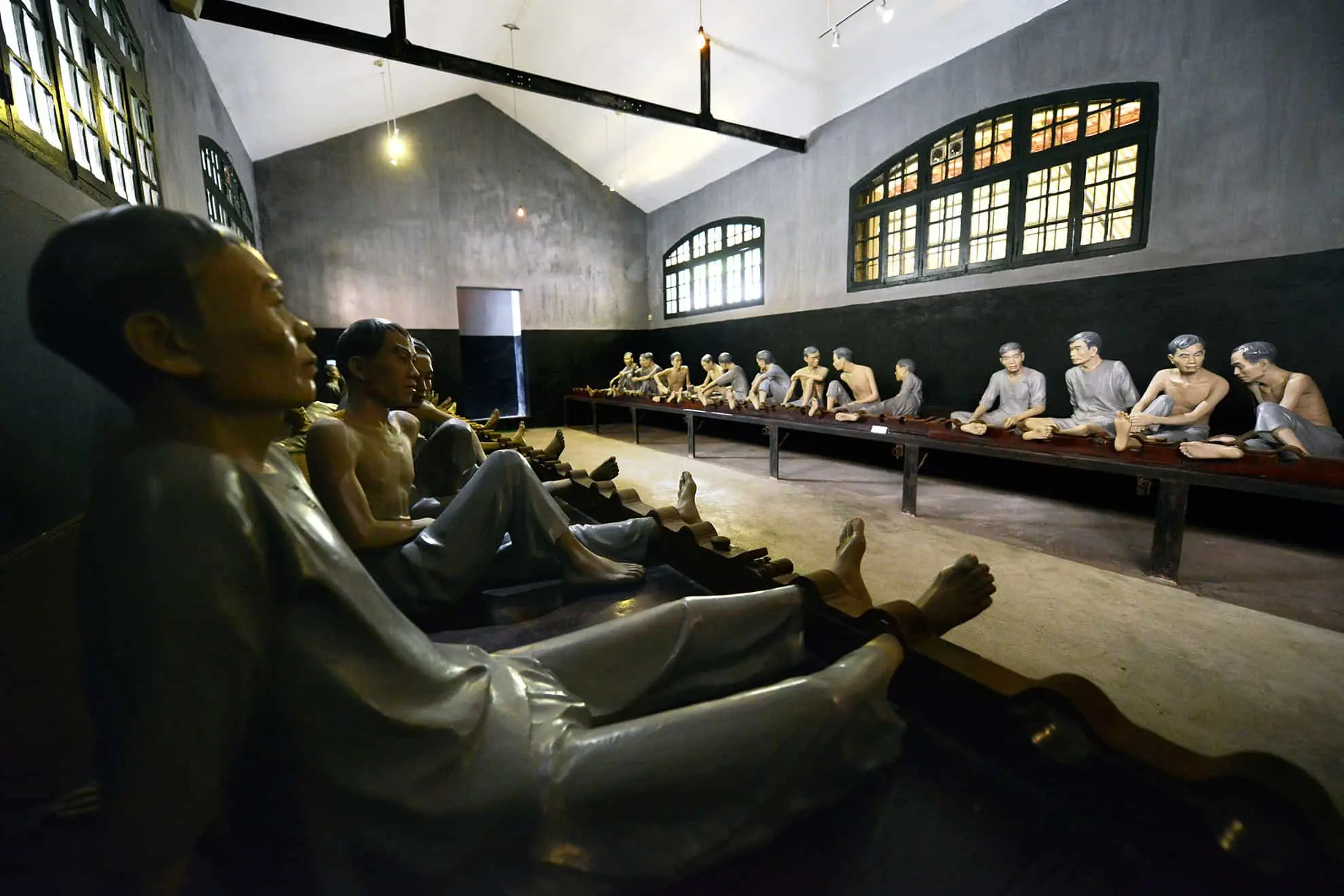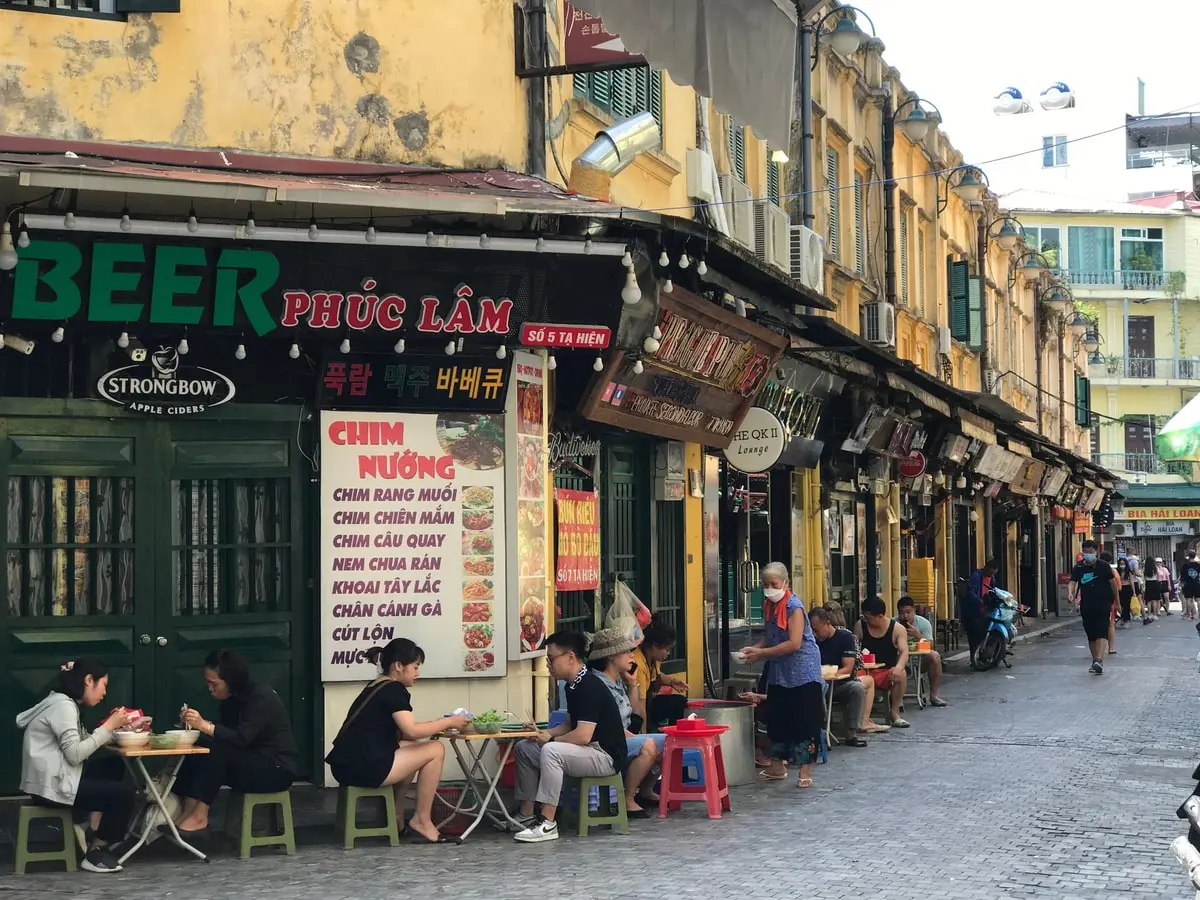Welcome to EssentialVietNamtravel.com, your starting point for planning an incredible journey. Vietnam travel offers a unique blend of ancient history, stunning natural landscapes, vibrant culture, and delicious Vietnamese Cuisine. This Vietnam travel guide aims to provide clear, practical information. We want to help you explore Vietnam with confidence.
Whether you are visiting Vietnam for the first time or returning, this guide covers key details. From the bustling streets of Hanoi to the serene waters of Ha Long Bay and the energetic vibe of Ho Chi Minh City, Vietnam promises diverse experiences. Let’s begin planning your trip to Vietnam. This guide focuses on facts and actionable steps for your Vietnam vacation.
We cover places to visit in Vietnam, the best time for Vietnam tourism, cultural highlights, and essential travel logistics like visa requirements. Prepare for a journey through the heart of Southeast Asia Travel.
Discover Vietnam: Why Your Next Trip Should Be Here (Vietnam Tourism).
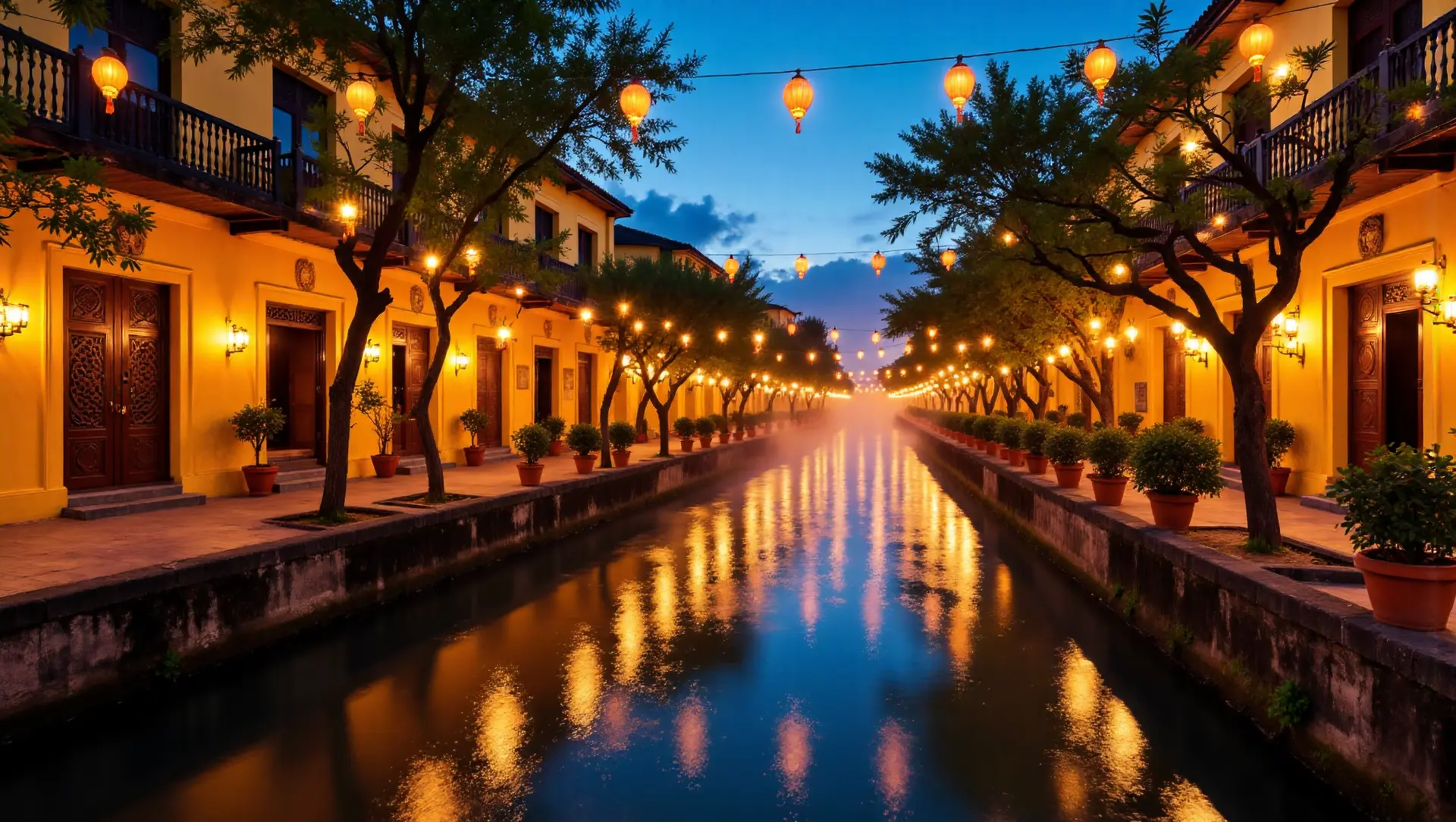
Why choose Vietnam for your next adventure? The Vietnam country offers compelling reasons that attract millions of visitors each year, making tourism in Vietnam a major draw. It’s more than just a destination; it’s a full sensory experience. One primary reason is the sheer diversity. You can find yourself amidst the ancient architecture of Hoi An Ancient Town one day and cruising through the dramatic Ha Long Bay Limestone Karsts the next.
This combination of dramatic natural beauty and bustling city life is a hallmark of travel in Vietnam. From the northern mountains near Sapa with their unique Hill Tribe Minority Cultures to the lush Mekong Delta in the south, the geographical and cultural shifts are profound. Vietnam offers desirable attractions for tourists, catering to varied interests.
Another significant draw is the rich history and culture. Vietnam has visible layers of history, from ancient dynasties and French colonial influence to the poignant reminders of the Vietnamese History including the Vietnam War, seen at places like the Cu Chi Tunnels or the War Remnants Museum in Ho Chi Minh City. Travelers seek authentic cultural experiences, and Vietnam delivers.
You can witness traditions like the Water Puppet Theatre Tradition, observe daily life in bustling markets, or admire the elegance of the Áo Dài (Traditional Dress). The Lotus Flower, a national symbol, represents purity and optimism, reflecting aspects of the Vietnamese spirit. The primary Main Religion (Nominal) influences daily life, often a blend of Folk/Non-religious/Buddhism practices.
Furthermore, Vietnam is generally affordable compared to Western destinations. This Affordability makes it accessible for various budgets, from backpackers exploring Southeast Asia Backpacking Routes to those seeking more comfort. The value for money extends from accommodation to food and activities. Speaking of food, the World-renowned and highly accessible street food culture is a major highlight.
Vietnamese Cuisine is famed for its freshness, balance of flavors (Key Flavor Profile: Balance – Sweet, Sour, Salty, Spicy), and use of herbs. Enjoying a bowl of Pho Bo (Beef Noodle Soup) on a sidewalk in Hanoi or sipping Cà Phê Sữa Đá (Iced Coffee with Milk) is a quintessential Vietnam travel experience.
This makes Vietnam tourism appealing to food lovers worldwide. Why travel to vietnam? For the blend of culture, history, nature, food, and value. Discover Vietnam and you’ll understand its enduring appeal for international travel and Asia Travel. Welcome to Vietnam!
Must-See Destinations: From Hanoi and Ha Long Bay to Ho Chi Minh City

Deciding where to travel to in vietnam can be overwhelming given the wealth of options. Let’s focus on the absolute highlights, the places to go in vietnam that form the backbone of most itineraries. These Vietnam destinations offer distinct flavors of the country.
First, consider Hanoi, the capital of Vietnam. Located in the north, Hanoi is a city of contrasts. Explore the atmospheric Old Quarter, a maze of streets brimming with shops, food stalls, and traditional architecture. Visit Hoan Kiem Lake, the Temple of Literature, and the Ho Chi Minh Mausoleum complex. Hanoi offers a deep dive into Vietnamese history and culture. It’s a fantastic place to sample northern Vietnamese Cuisine, especially the iconic Pho Bo (Beef Noodle Soup), a famous dish associated with the city. Many Vietnam tours begin or end here. Planning a Vietnam travel itinerary 2 weeks north to south often starts in Hanoi.
Next, no trip to Vietnam feels complete without experiencing Ha Long Bay. Recognized as a UNESCO World Heritage Site, this bay is famous for its emerald waters and thousands of towering Limestone Karsts. The best way to see it is via an Overnight Cruise, which is the main activity here. Kayaking, swimming, and visiting caves are popular activities. The sheer scale and beauty make Ha Long Bay one of the most iconic vietnam tourist attractions and vietnam tourist places. It’s a must for anyone visiting vietnam. Must see and do in vietnam definitely includes this natural wonder.
Moving south, Ho Chi Minh City (HCMC), still often called by its Former Name: Saigon, offers a different energy. It’s the economic heart of Vietnam, a bustling, modern metropolis with a palpable dynamism. Key Vietnam sites to visit here include the War Remnants Museum, a significant landmark, the Reunification Palace, Notre Dame Cathedral, and the historic Central Post Office.
Experience the city’s vibrant nightlife and diverse food scene. The sheer scale and energy of motorbike traffic in cities like HCMC is an experience in itself. Many travelers compare Hanoi vs Ho Chi Minh City; both offer unique perspectives on Vietnam. Vietnam sightseeing in HCMC provides a look at modern Vietnam.
Beyond these main three, consider adding Hoi An to your Vietnam travel itinerary. This charming ancient town is famous for its well-preserved architecture, canals, and colourful Ancient Town Lanterns, a defining feature. It’s also Known For its numerous Tailor Shops, where you can get custom clothing made quickly and affordably. Further south lies the Mekong Delta, a vast network of rivers and canals.
A Boat Trip / Floating Markets, the main activity here, provides insight into rural life. For mountain scenery and cultural immersion, head north to Sapa, known for its stunning Rice Terraces / Trekking opportunities, its main attraction, and encounters with ethnic minority groups like the Hill Tribe Minority Cultures. These best areas to visit in vietnam offer a richer understanding of the Vietnam country.
Where in vietnam to visit depends on your interests, but these locations provide a strong foundation for exploring Vietnam. They represent some of the best tourist places in vietnam and key vietnam tourist areas.
Planning Your Visit: When is the Best Time for Your Vietnam Holiday?
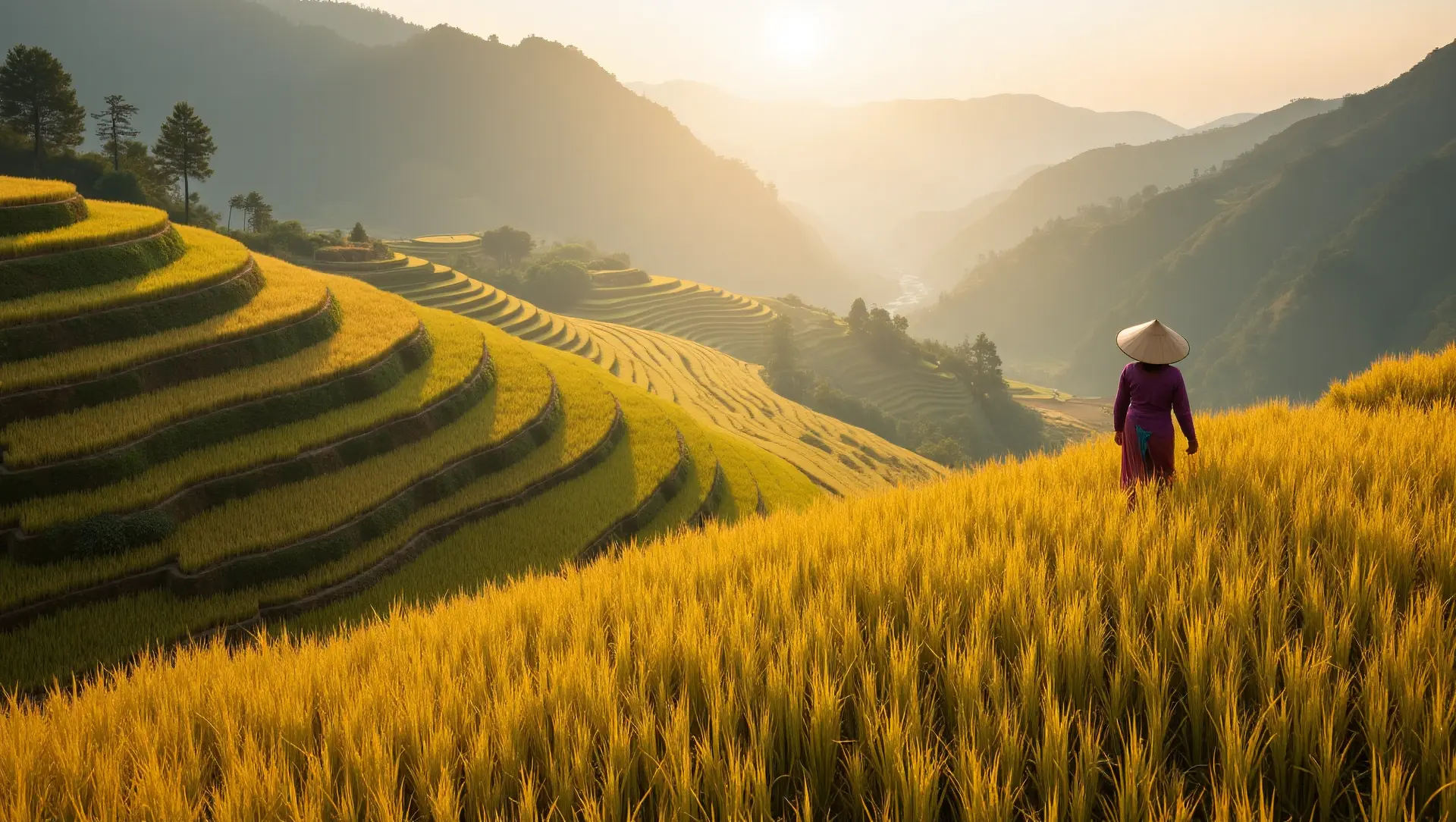
Timing is crucial when planning your Vietnam holiday. Vietnam stretches over 1,650 kilometers (1,025 miles) north to south, resulting in significant regional climate variations. Understanding these differences helps you choose the best time to visit Vietnam for the experiences you seek. There isn’t one single “best” time for the entire country; it depends on which regions you prioritize for your Vietnam vacation. The Monsoon Season → Impacts Best Travel Times.
Generally, Vietnam has two main seasons: the dry season and the monsoon season. However, these vary by region. In North Vietnam (including Hanoi, Ha Long Bay, Sapa), the weather is most pleasant during spring (March-April) and autumn (September-November). Winters (December-February) can be cool, even cold in the mountains, while summers (May-August) are hot and humid with higher chances of rain and typhoons, which can affect Ha Long Bay cruises.
A trip during autumn offers clear skies and comfortable temperatures, ideal for exploring Hanoi’s Old Quarter or trekking in Sapa. Considering Hanoi is Capital → Part of North Vietnam Itinerary makes timing important for this region.
In Central Vietnam (including Hue, Da Nang, Hoi An Ancient Town), the weather pattern differs. The typhoon season typically runs from August to November, bringing heavy rain and potential flooding, especially around Hoi An. The best time to visit this region is generally from February to May, when temperatures are warm and rainfall is low. This is ideal if you’re looking for the best time to visit Vietnam for beaches around Da Nang or An Bang (near Hoi An). Summers can be very hot.
In South Vietnam (including Ho Chi Minh City, the Mekong Delta, coastal areas like Mui Ne and Phu Quoc), the dry season runs from December to April. This period is generally considered the Peak Tourist Season (South). Temperatures are warm and humidity is lower. The wet season lasts from May to November, characterized by short, heavy afternoon downpours, though travel is still very possible. If visiting the Mekong Delta for Boat Trip / Floating Markets, the dry season offers more comfortable conditions. Understanding that North vs South → Different Climate & Cultural Norms is key to planning.
Consider major holidays. Tet (Lunar New Year) is the most important celebration in Vietnam, a significant National Holiday. It usually falls in late January or February. While it’s a fascinating cultural experience, traveling during Tet requires careful planning. Many businesses close, transportation gets booked solid months in advance, and prices can increase. Booking Flights/Hotels becomes a Necessary Step in Trip Preparation far ahead of time.
For a smoother Vietnam travel travel experience, especially for first-timers, visiting just before or after Tet might be easier. Ultimately, choosing when to go vietnam involves balancing weather preferences, desired activities (Activities and Sightseeing), and tolerance for crowds or holiday closures. Practical information like weather patterns is key for Vacation Planning. Vietnam travels are best enjoyed with appropriate timing.
Experience the Culture & Nature: Essential Activities for Your Trip to Vietnam
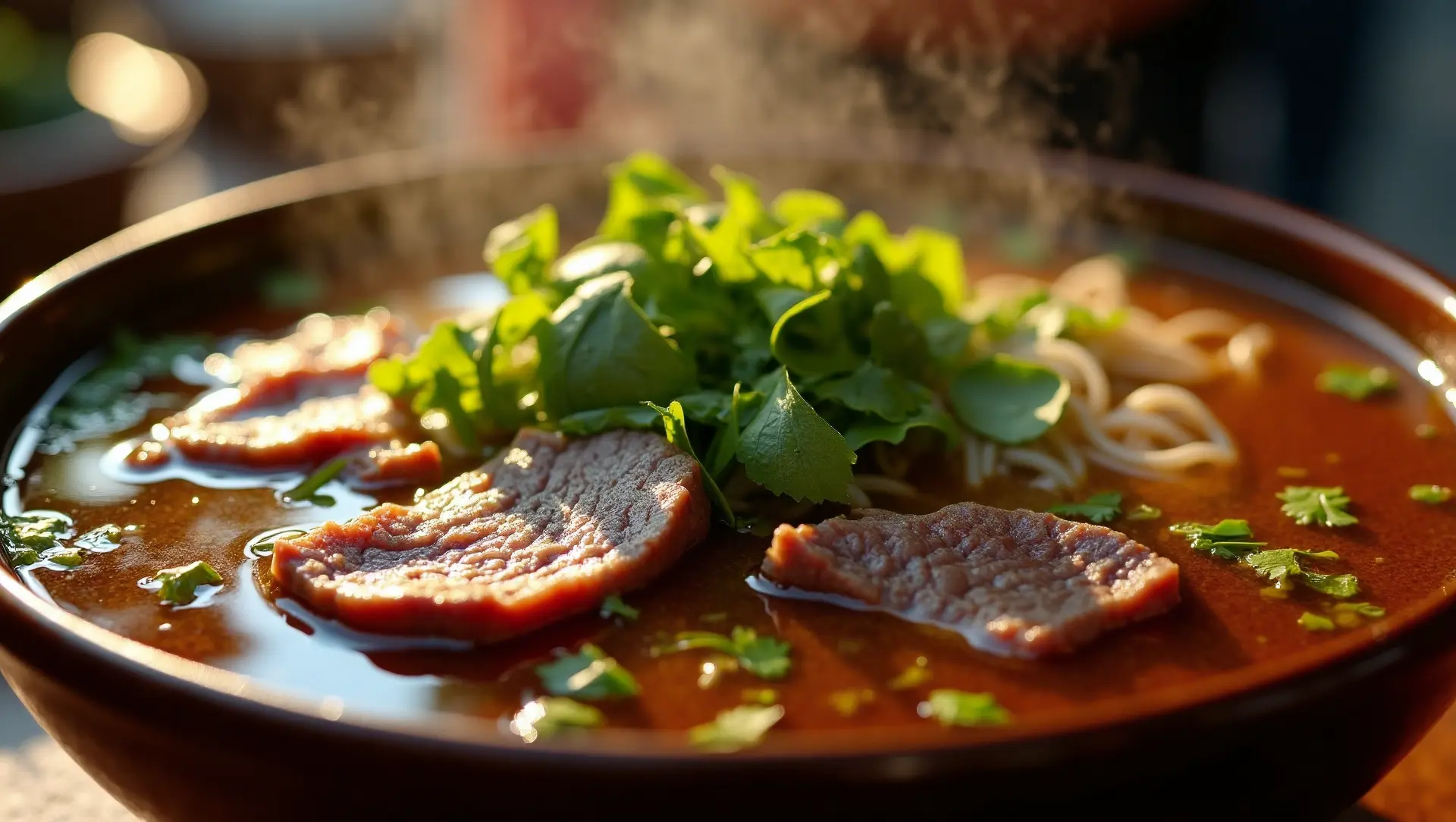
A trip to Vietnam is as much about doing as it is about seeing. Beyond the main landmarks, immersing yourself in the local culture and natural beauty elevates your Vietnam travel experience. Here are some essential activities to consider adding to your Vietnam travel itinerary. These activities help you truly explore Vietnam and understand what makes the Vietnam country so captivating. What to see in vietnam often involves active participation. Many vietnam tourist sites offer these experiences.
Savoring Vietnamese Cuisine (From Pho to Street Food)
You cannot visit Vietnam without diving headfirst into its Vietnamese Cuisine. It’s a core part of the Cultural Experience. Start with the national dish, Pho – particularly Pho Bo (Beef Noodle Soup) in Hanoi or Pho Ga (chicken noodle soup). But don’t stop there. Be adventurous with street food – it’s where you find some of the most authentic and delicious meals.
Look for Banh Mi (Vietnamese baguette sandwiches), Bun Cha (grilled pork with noodles, famously eaten by Barack Obama in Hanoi), Cao Lau (a Hoi An noodle specialty), and fresh spring rolls (Goi Cuon). Remember the Key Flavor Profile: Balance (Sweet, Sour, Salty, Spicy) often achieved with fresh herbs, fish sauce, lime, and chili. Rice Noodles, a staple ingredient, are ubiquitous.
Wash it all down with Bia Hoi (fresh local beer) or the strong, sweet Cà Phê Sữa Đá (Iced Coffee with Milk), a popular drink. Taking a street food tour early in your Vietnam visits can be a great introduction. This is a must do in vietnam for any food enthusiast. The Affordability of street food makes it easy to sample widely. Vietnam things to do should always include eating! Tourism vietnam tourist attractions heavily feature food.
Exploring History and Landmarks
Vietnam’s complex Vietnamese History is tangible in its landmarks. In Ho Chi Minh City, the War Remnants Museum offers a sobering perspective on the Vietnam War. Nearby, the Cu Chi Tunnels provide a glimpse into the underground life of Viet Cong soldiers. In Hue, the former imperial capital, explore the vast Citadel and the tombs of ancient emperors along the Perfume River.
Hoi An Ancient Town, a UNESCO site, transports you back to its time as a bustling trading port with its preserved buildings and iconic Japanese Covered Bridge. In Hanoi, the Temple of Literature, Vietnam’s first university, and the Ho Chi Minh Mausoleum are significant Vietnam sites to visit. Don’t just see these places; learn the stories behind them to appreciate the Visible layers of history (Ancient, Colonial, War).
Understanding this context adds depth to your traveling to vietnam experience. Many Vietnam tourist areas are steeped in history. These famous sites in vietnam are integral to tourism in vietnam. Vietnam must visit locations often include historical sites.
Immersing in Natural Wonders
Beyond the cities, Vietnam’s Natural Scenery is breathtaking. A cruise through Ha Long Bay amidst the towering Limestone Karsts is unforgettable. Consider exploring the less crowded Bai Tu Long Bay or Lan Ha Bay nearby. In the south, take a Boat Trip / Floating Markets tour in the Mekong Delta. Witness life on the water, visit fruit orchards, and navigate the intricate waterways.
For dramatic mountain landscapes, head north to Sapa. The region is famous for its stunning Rice Terraces. Trekking through villages inhabited by ethnic minorities like the H’mong and Dao offers incredible views and cultural insights. For cave enthusiasts, the Extensive Karst Cave Systems in Phong Nha-Ke Bang National Park (another UNESCO site) are world-class.
These vietnam tourist spots showcase the country’s diverse natural beauty. Vietnam sightseeing often involves interacting directly with these stunning environments. These are some of the best tourist places in vietnam and places to visit vietnam. Where to vacation in vietnam? These natural wonders are top choices.
Engaging with Local Life
To truly discover Vietnam, step off the main tourist trail occasionally. Wake up early to see local markets come alive – it’s a feast for the senses. Attend a traditional Water Puppet Theatre Tradition show in Hanoi, a unique Vietnamese art form. Take a Vietnamese cooking class to learn the secrets behind your favorite dishes. Embrace the Unique Coffee Culture; find a local café, order a ca phe, and watch the world go by.
Consider a homestay experience, particularly in rural areas like the Mekong Delta or near Sapa, for deeper cultural immersion. Renting a bicycle in places like Hoi An or the countryside allows you to explore at a slower pace. Observe local customs, learn a few basic Vietnamese phrases (‘Xin chào’ for hello, ‘Cảm ơn’ for thank you), and be open to interactions.
Engaging respectfully with local people provides some of the most memorable moments of Vietnam travels. Visiting vietnam tourist areas is good, but connecting with the culture makes the vietnamese trip special. This makes visiting vietnam as an american or any foreigner more rewarding. Explore vietnam beyond the surface. Welcome vietnam experiences often come from these interactions.
Getting Around & Entry Essentials: Navigating Vietnam and Visa Basics
Practical information is essential for smooth Vietnam travel. Understanding Transportation options and Visa Requirement rules beforehand saves time and potential headaches. Travel requires some level of planning and organization, especially for international trips like travel to vietnam from us. Here’s a breakdown of how to travel in vietnam and manage entry formalities. This vietnam visitor guide section covers crucial logistics.
Transportation Options Within Vietnam
Vietnam offers several ways to travel between cities and within them, catering to different budgets and travel styles. Domestic flights are increasingly popular for covering long distances quickly, connecting major hubs like Hanoi, Da Nang, and Ho Chi Minh City. Airlines like Vietnam Airlines, VietJet Air, and Bamboo Airways offer frequent services. Booking Flights/Hotels well in advance is recommended, especially during peak season or around Tet.
For overland travel, the train network runs along the coast, offering a scenic way to see the country, particularly the Reunification Express line between Hanoi and HCMC. Sleeper berths are available for overnight journeys. Sleeper Bus services, a common transport method, are extensive and very affordable, connecting almost all destinations frequented by tourists. They are a popular choice for budget travelers and those undertaking Backpacking Southeast Asia routes, though comfort levels can vary.
Within cities, taxis and ride-hailing apps (like Grab) are widely available and generally inexpensive. For shorter distances or a more local experience, try a Motorbike Taxi (Xe Om), another common transport method – always agree on the price beforehand or ensure the meter is used for taxis. Renting a motorbike yourself is popular (Prevalence of Motorbike Touring), offering great freedom, but requires confidence in chaotic traffic, a valid international driving permit (IDP) recognised in Vietnam, and proper insurance. Always wear a helmet. Consider how to travel in vietnam based on your comfort level, budget, and time. Traveling vietnam offers diverse transport choices for every vietnam traveller. Travel com vn often lists transport options.
Understanding Vietnam Visa Requirements
For many nationalities, a Visa is Required for entry into Vietnam. The Visa Requirement is a crucial Prerequisite for Entry. The rules can change, so always check the latest information on the official Vietnam government site or the website of the Vietnamese embassy/consulate in your country before your trip to vietnam. Information vietnam regarding visas is crucial for anyone going to vietnam.
Several visa options exist for tourists:
E-Visa: Citizens of many countries (including the US, UK, Australia, many EU nations) can apply online for an e-Visa through the official Vietnam govt website immigration portal. This is typically valid for up to 90 days (single or multiple entry). This is often the most convenient option. How to get Vietnam visa for US citizens usually involves this e-Visa process. This simplifies traveling to vietnam from us.
Visa Exemption: Citizens of certain countries (mostly ASEAN nations, some European countries) are exempt from needing a visa for short stays (usually 14-45 days). Check if your nationality qualifies.
Visa on Arrival (VOA): This option generally requires a pre-approved letter obtained online through an agency before you travel. You then finalize the visa upon arrival at specific Vietnamese airports. Note: VOA is different from the e-Visa and might not be available or recommended for all nationalities or entry points. The e-Visa is generally preferred now.
Embassy Visa: You can apply for a visa directly through a Vietnamese embassy or consulate in your country before departure. This might be necessary for longer stays or specific visa types.
Ensure your passport is valid for at least six months beyond your planned entry date into Vietnam. Double-check all details on your visa approval (e-Visa printout or visa sticker) to ensure they are correct. Navigating entry requirements is a key part of planning your Vietnam travel. Don’t leave it to the last minute. Can you visit vietnam? Yes, but ensure your visa paperwork is correct.
How to visit vietnam starts with securing the right entry permit. Check the vietnam national administration of tourism website (https://vietnam.travel – check for their logo online https://vietnam.travel logo) for reliable Vietnam info and the best vietnam travel guide advice on visas. Travel guide to vietnam resources should always cover this.
Travel Tips for a Smooth Journey While Exploring Vietnam
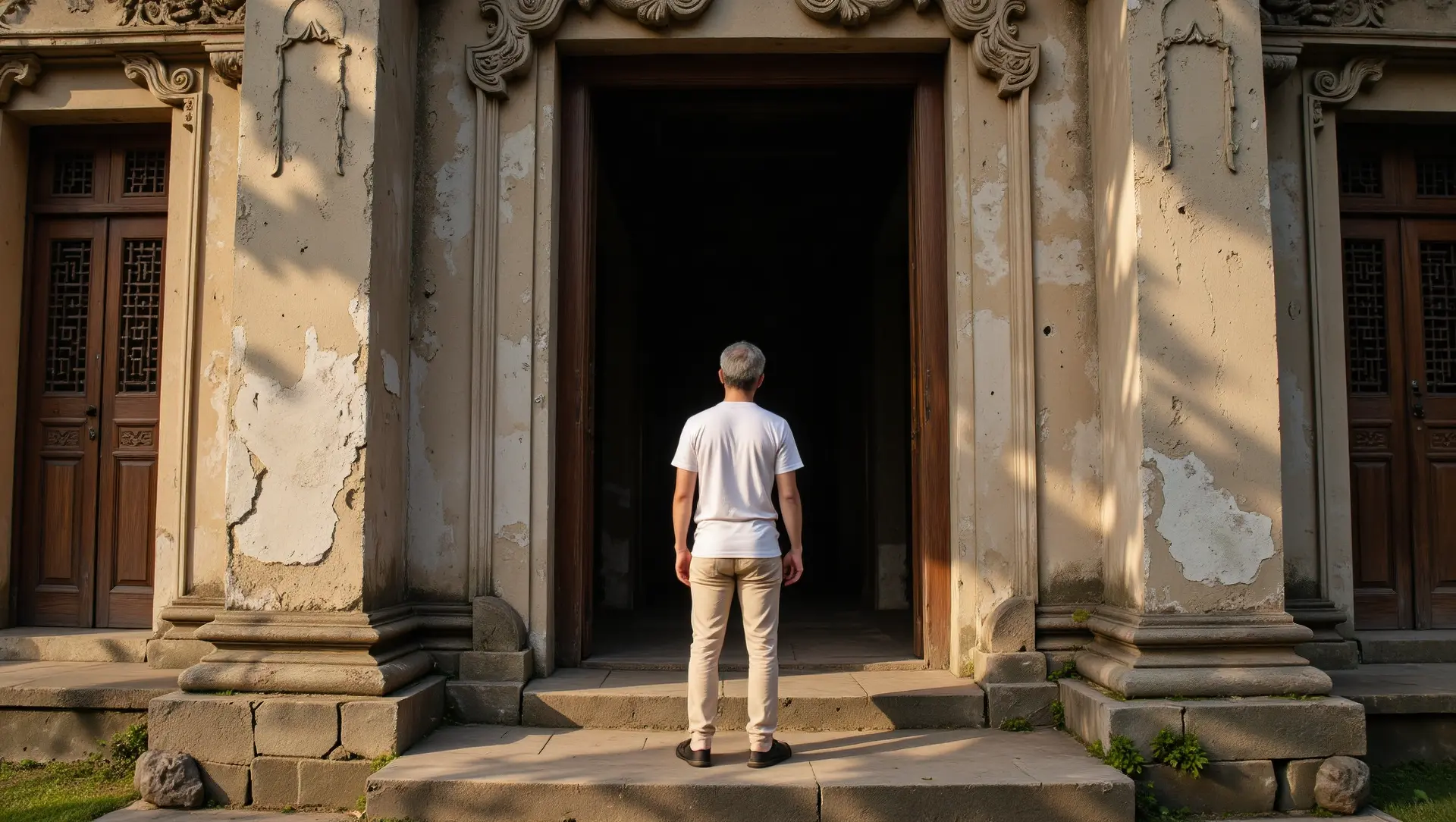
A little preparation goes a long way towards ensuring your Vietnam travel is enjoyable and hassle-free. Beyond the major planning steps, here are some practical tips from EssentialVietNamtravel.com for exploring Vietnam smoothly. These suggestions cover daily logistics and cultural nuances for anyone traveling to vietnam, including visiting vietnam as an american or other international vietnam visitor. This section acts as a mini vietnam holiday guide.
First, manage your money. The official currency is the Vietnamese Dong (VND). The exchange rate means you’ll be dealing with large numbers; the Approximate Exchange Rate (vs USD, variable) is roughly ~25,000 VND per 1 USD. ATMs are widely available in cities and towns. It’s wise to inform your bank about your travel plans. Credit cards are accepted in larger hotels, restaurants, and shops, but cash is essential for smaller vendors, street food, and markets. Carry a mix of denominations. Bargaining is common in markets and for some services like Xe Om; approach it politely and with a smile. Knowing approximate prices helps. The Affordability of Vietnam makes budget travel tips very useful.
Stay connected. Getting a local SIM card upon arrival is easy and affordable, providing data access for maps, translation apps, and ride-hailing services. Major providers include Viettel, Mobifone, and Vinaphone. Wi-Fi is prevalent in hotels, cafes, and restaurants. Vietnam web access is generally good in tourist areas. Using a website in vietnam like a local news site or the official vietnam.travel portal can provide useful updates. Many vietnamese websites offer travel info.
Pack appropriately. Lightweight, breathable clothing is best for the generally warm and humid climate. Include layers if visiting the north or mountains during cooler months. Bring comfortable walking shoes. Modest dress (covering shoulders and knees) is required when visiting temples and pagodas (important for vietnam tourism places like temples). Sunscreen, insect repellent, and a hat are essential. A basic first-aid kit is always advisable. Vietnam traveling often involves a lot of walking and exposure to the elements. Consider wearing the traditional Nón Lá (Conical Hat) for sun protection – it’s practical and symbolic.
Be mindful of safety. Vietnam is generally a safe country for tourists. However, petty theft (like phone/bag snatching, especially in crowded areas of Ho Chi Minh City or Hanoi) can occur. Be aware of your surroundings, keep valuables secure, and avoid walking alone late at night in deserted areas. Research common tourist scams (e.g., cyclo fare disputes, inflated bills) to be prepared. Reputable Vietnam travel guides often mention these. Is vietnam safe for tourists? Generally yes, with standard precautions. Specific Solo female travel Vietnam safety tips often involve dressing modestly, avoiding isolated areas at night, and using reliable transport options like Grab or reputable taxi companies. Is in vietnam generally safe? Yes, but stay alert.
Embrace the culture. Learn basic greetings. Using ‘Xin chào’ (hello) and ‘Cảm ơn’ (thank you) – visit in vietnamese basics – goes a long way. Be respectful when taking photos, especially of people; ask permission first. Tipping is not generally expected but is appreciated for good service. Understand the importance of “face” – avoid public confrontation or causing embarrassment.
Trying local food like Pho or drinks like Cà Phê Sữa Đá shows openness and respect for the Cuisine. Following these simple tips enhances your Vietnam holiday guide experience, making your vacation in vietnam or holidaying in vietnam more enjoyable and respectful.
Why visit vietnam? The welcoming culture is a big part of it, and respecting it makes the visit to vietnam better for everyone. Welcome to Vietnam! Enjoy your vietnam travels. Travel vietnam 2025 promises amazing experiences with these tips in mind. This tourist guide vietnam aims to make your nvietnam (vietnam) trip unforgettable. Touring vietnam is about embracing the experience.

